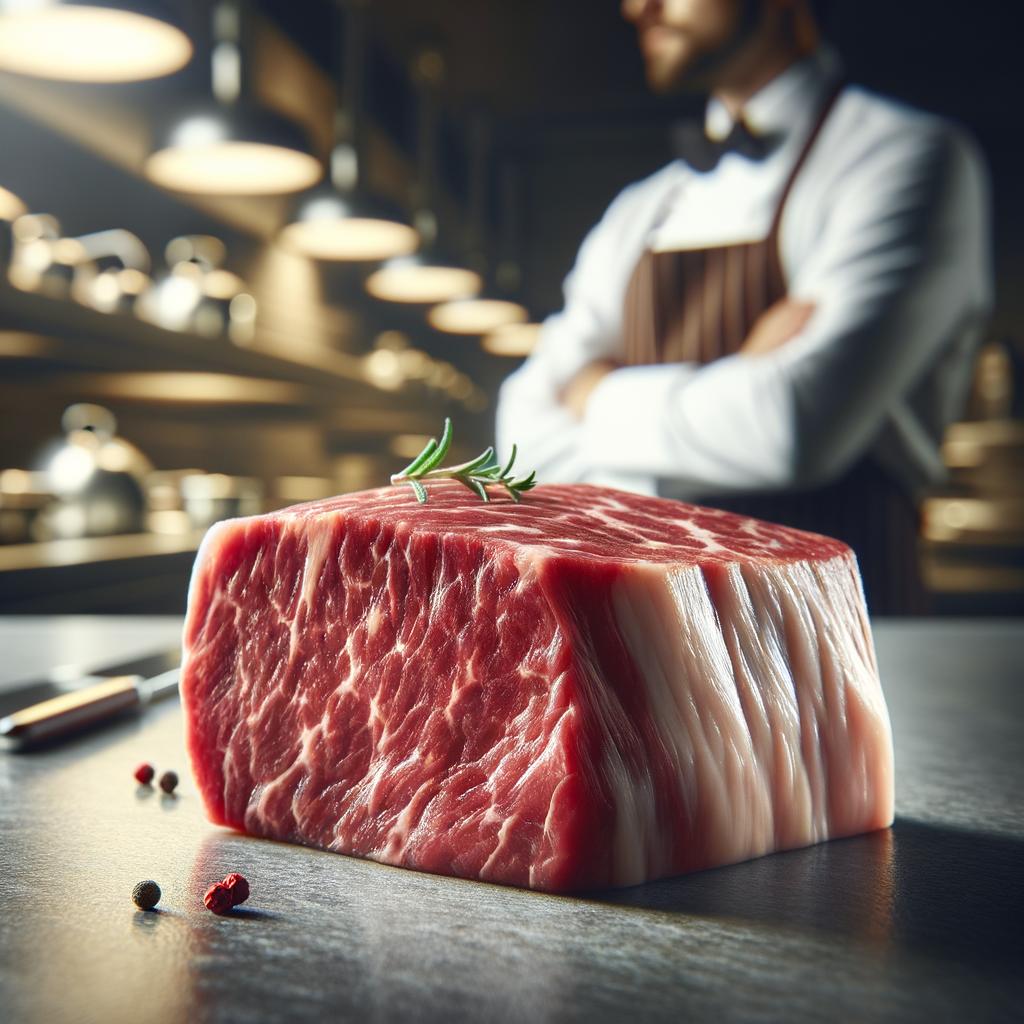Veal

Description
Veal is a delicate, tender meat derived from young cattle, typically around three to four months old. Its color ranges from a soft, creamy white to a light pink, depending on the diet and age of the animal. The texture of veal is incredibly tender and fine-grained, providing a melt-in-your-mouth experience that is unmatched by other meats. Its flavor profile is subtle yet distinct, with a gentle sweetness that sets it apart from beef. Veal's unique characteristics lie in its tenderness and mild flavor, which make it a versatile ingredient that can absorb and enhance the flavors of accompanying ingredients.
Primary Uses
Veal is a prized ingredient in many cuisines, particularly in French and Italian cooking. It forms the backbone of dishes such as Veal Scaloppine, Osso Buco, and the classic French Blanquette de Veau. Its delicate flavor and texture make it ideal for light sauces and white wines. Veal is also used to make a variety of charcuterie products, including pâté and terrines. Beyond its culinary uses, veal has cultural significance in various parts of the world, often served on special occasions or as part of traditional meals.
History
The history of veal is intertwined with the history of dairy farming. In ancient times, surplus male calves from dairy herds were often slaughtered for their meat, which was tender and flavorful due to their young age. The Romans were known to have a penchant for veal, and they developed various methods for raising and cooking it. Over time, veal became a symbol of luxury and refinement in European cuisine, particularly in France and Italy. There are also numerous tales and folklore associated with veal. For instance, in Italian lore, it is said that a perfectly cooked Osso Buco can make a man fall in love.
Nutritional Information
Veal is a highly nutritious meat, rich in protein, vitamins, and minerals. It is a good source of Vitamin B12, Zinc, and Niacin, which are essential for energy production and cognitive function. Veal also provides a significant amount of Iron, which is crucial for oxygen transportation in the body. Compared to beef, veal has fewer calories and less fat, making it a healthier choice for those watching their diet. However, like all meats, veal should be consumed in moderation due to its cholesterol content. Its delicate flavor and nutritional value make veal a beloved ingredient among gourmets and health-conscious individuals alike.

